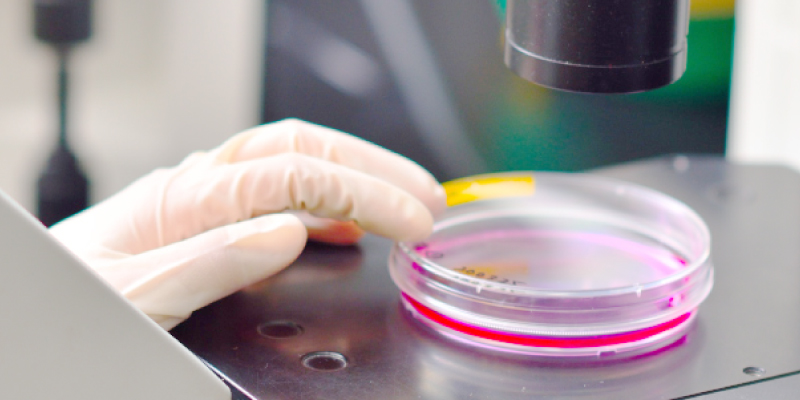日 時:2012年11月27日(火)15時20分〜16時50分
場 所:命江館3F 中講義室1
テーマ:A Subpopulation of Smooth Muscle Cells, Derived from Melanocyte-Competent Precursors, Prevents Patent Ductus Arteriosus
講 師:フランス、キューリー研究所、ヨーロッパ色素細胞学会会長
Lionel Larue 博士
(Directeur de Recherche 1, Group leader in the department U1021 INSERM, UMR3347 CNRS, Curie Institute Orsay)
【講演内容】
胎児の心臓では大動脈弓(左心室から全身へと向かう血管)と肺動脈(右心室から肺に向かう血管)を繋ぐ血管(ductus arteriosus:動脈管)があり、肺をバイパスさせる血流路(DA: ductus arteriosus)があります。出生後速やかにこの血管は閉じられるのですが、そうでなければ効率的な血液循環が行えないのは容易に想像でき、実際そのような重篤な疾病(patent ductus arteriosus)が知られています。
仏キューリー研究所のLarue先生は、DAを構成する細胞群の中で、発生の由来を同じくする平滑筋の一部と色素細胞両者の分化プログラムの破綻がこの一因であることを見つけました。Larue先生はヨーロッパ色素細胞学会の会長を務められており、本学で開催される日本色素細胞学会学術大会中に開かれる国際色素細胞会議理事会に出席されますので、この興味深い現象とその機構について講演をお願いしました。
Patent ductus arteriosus is a life-threatening condition frequent in premature newborns but also present in some term infants. Current mouse models of this malformation generally lead to perinatal death, not reproducing the full phenotypic spectrum in humans, in whom genetic inheritance appears complex. The ductus arteriosus (DA), a temporary fetal vessel that bypasses the lungs by shunting the aortic arch to the pulmonary artery, is surrounded by smooth muscle cells of distinct origins (SMC1 and SMC2) and many fewer melanocytes. To understand novel mechanisms preventing DA closure at birth, we evaluated the importance of cell fate specification in SMC that form the DA during embryonic development. Upon specific, Tyr::Cre-driven activation of Wnt/b-catenin signaling at the time of cell fate specification, melanocytes replaced the SMC2 population of the DA, suggesting that SMC2 and melanocytes have a common precursor. The number of SMC1 in the DA remained similar to that in controls, but insufficient to allow full DA closure at birth. Thus, there was no cellular compensation by SMC1 for the loss of SMC2. Mice in which only melanocytes were genetically ablated after specification from their common precursor with SMC2, demonstrated that differentiated melanocytes themselves do not affect DA closure. Loss of the SMC2 population, independent of the presence of melanocytes, is therefore a cause of patent ductus arteriosus and premature death in in the first months of life. Our results indicate that patent ductus arteriosus can result from the insufficient differentiation, proliferation, or contractility of a specific smooth muscle subpopulation that shares a common neural crest precursor with physiological, cardiovascular melanocytes.






